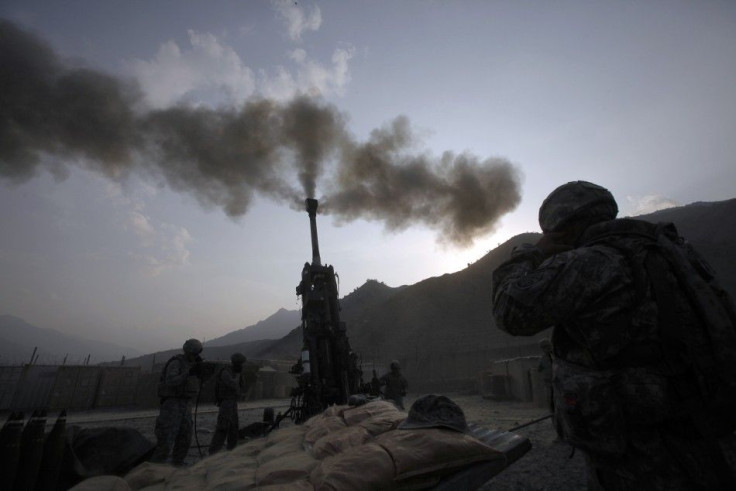Wikileaks Cable Prompts New Investigation of Alleged Iraq War Massacre

A diplomatic cable released by Wikileaks has spurred the Iraqi government to reopen an investigation into allegations that American troops handcuffed and executed 11 Iraqi civilians, five of them children -- charges that the U.S. military has categorically denied.
An unclassified cable from Philip Alston, the U.N.'s special rapporteur on extrajudicial, summary or arbitrary executions, challenges the military's official account of what happened during a raid on the Iraqi town of Ishaqi. Alston wrote to a U.S. embassy to charge that American troops intentionally killed civilians, an allegation that was made by Iraqis at the scene and supported by reporting from multiple news organizations. The U.S. military has ignored his requests for more information, and the Iraqi government's probe stalled amidst a dearth of new evidence.
But the release of Alston's cable has led the Iraqi government to revive the investigation, potentially creating a fraught diplomatic situation as the U.S. prepares to withdraw its troops from the country by the end of 2011. Aliya Nusayif, a member of Iraq's parliament, told The Associated Press that the allegations should make Iraqis less inclined to support America's push to maintain bases in Iraq.
We will not give up the rights of the Iraqi people, and this subject will be followed, said Ali al-Moussawi, a spokesman for Iraqi prime minister Nouri al-Maliki. We want to make sure it wasn't an armed confrontation. If it wasn't, then we will ask for the realization of justice, whoever the other party is.
Col. John Gregory, a spokesman for the Pentagon, told The New York Times that the cable contained nothing new we haven't already looked into here.
In March of 2006, Iraq was engulfed by sectarian bloodletting. In the midst of the soaring violence U.S. forces, backed by helicopter bunships, raided a house in Ishaqi, a town about 80 miles northwest of Baghdad that is in an area then considered to be highly dangerous. For about 25 minutes, the troops found themselves in an intense firefight.
From there, the accounts diverge. U.S. military spokesmen said that an al-Qaida in Iraq operative was captured from the house, and that the ferocity of the fight had reduced the structure to rubble. A subsequent military investigation exonerated troops of any wrongdoing. the investigation acknowleged that the raid caused as many as nine civilian fatalities but attributed the deaths to the house collapsing
But the Joint Coordination Center in Tikrit, a regional security center set up with American military assistance and staffed by U.S.-trained Iraqi police officers, maintained that the 11 civilians killed -- four of them women and five of them children younger than the age of five -- were purposefully executed.
The American forces gathered the family members in one room and executed 11 persons, including five children, four women and two men. Then they bombed the house, burned three vehicles and killed their animals, the Joint Coordination Center's report said.
Alston's cable supports those claims, that autopsies conducted on the civilians determined that they had been handcuffed and shot in the head. Alston also disputed the idea that the house was destroyed in the firefight, maintaining that it was still standing until the U.S. called in an airtstrike.
Troops entered the house, handcuffed all residents and executed all of them, Alston wrote. After the initial MNF [Multi-National Force] intervention, a U.S. air raid ensued that destroyed the house.
McClatchy noted that the cable also backed up what neighbors and the doctor who performed the autopsies told Knight-Ridder -- which is now owned by McClatchy -- immediately after the incident. The BBC also released a video that depicts dead bodies at the sight with what appear to be bullet wounds.
© Copyright IBTimes 2025. All rights reserved.





















